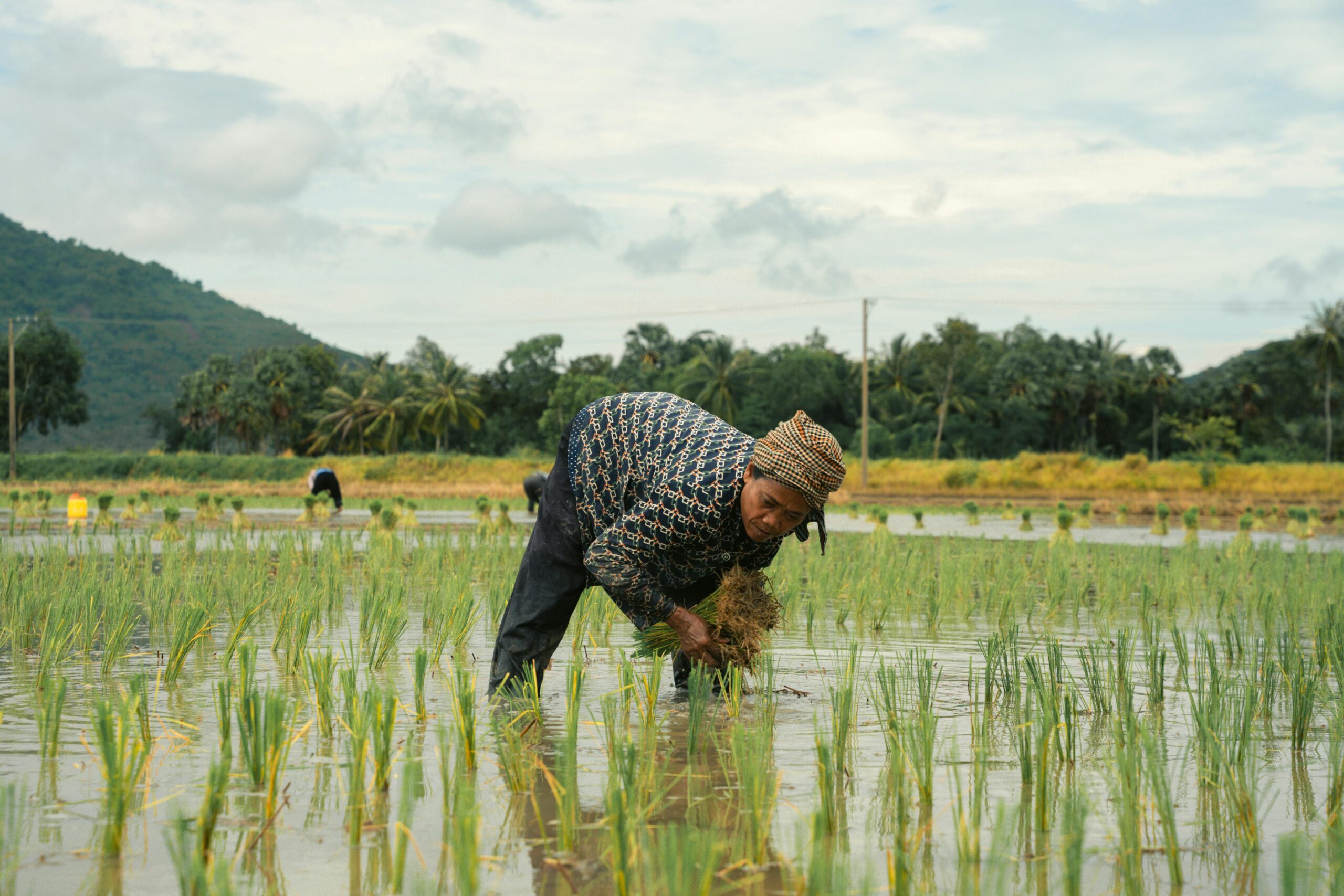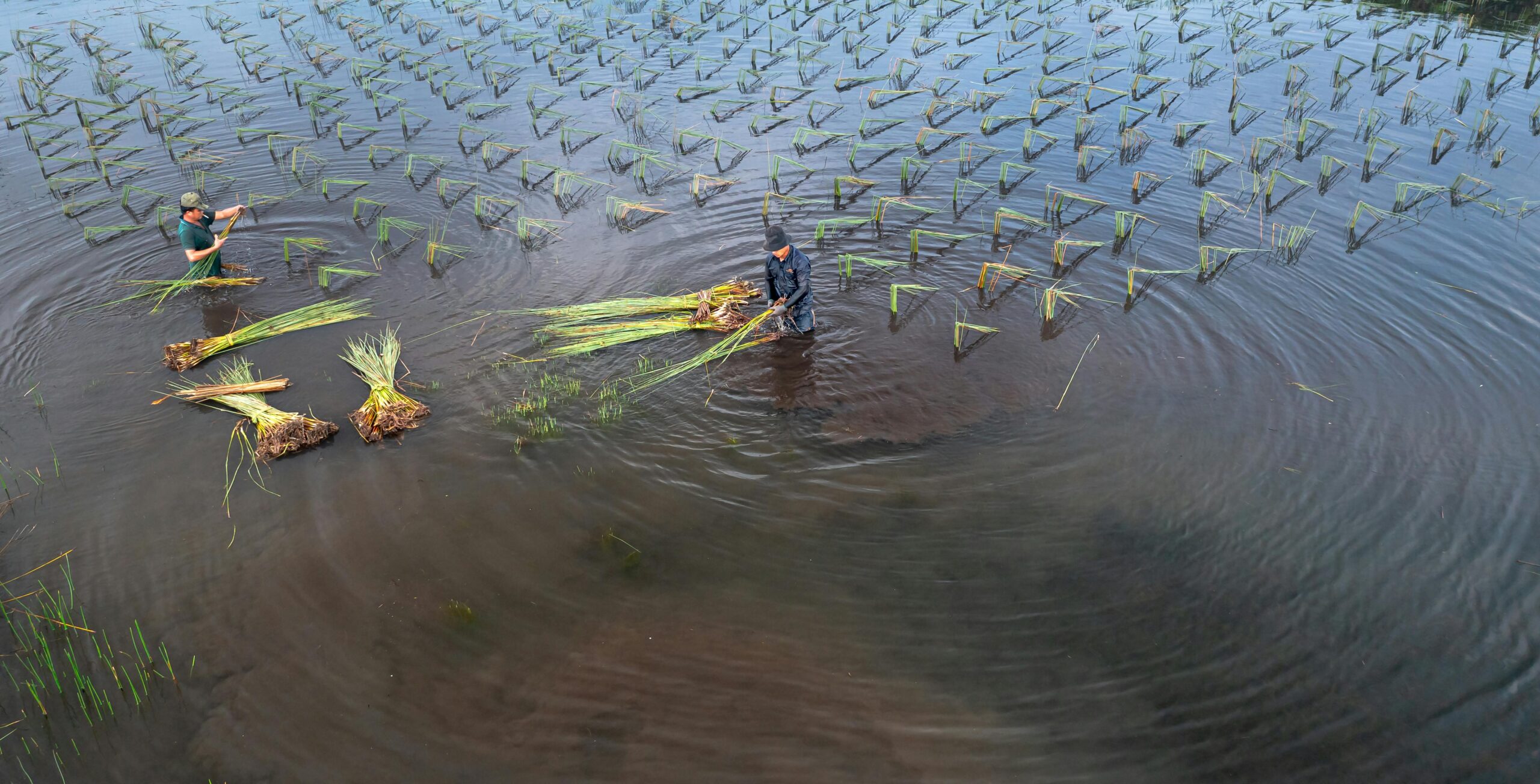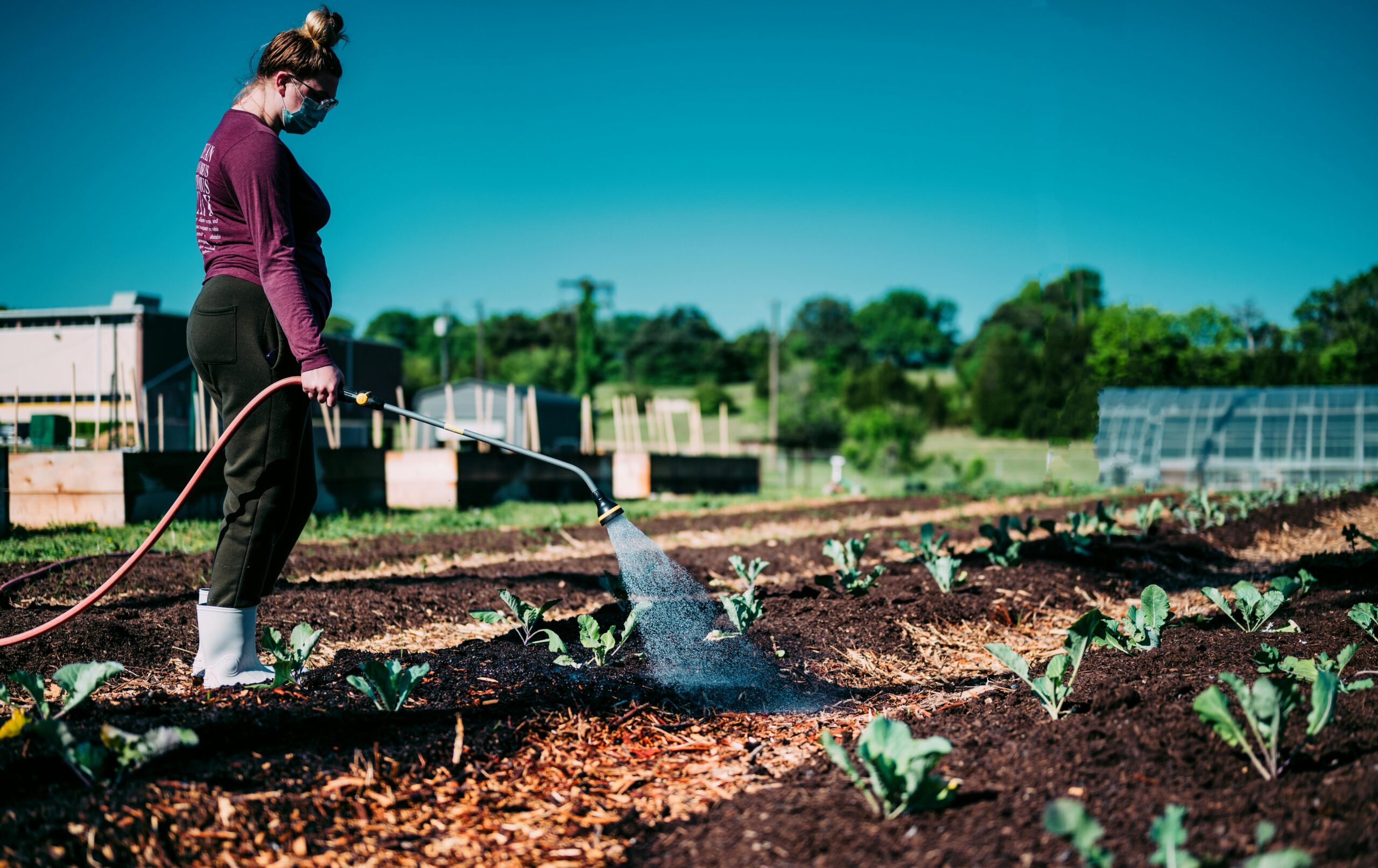The intersection of climate change and soil mismanagement presents significant challenges for global agriculture, food security, and environmental sustainability. As climate change intensifies, it exacerbates existing soil degradation issues while simultaneously complicating efforts to manage and restore soil health. This article explores the relationship between climate change and soil mismanagement, highlighting the consequences and potential solutions to this pressing issue.
Understanding Soil Mismanagement
Soil mismanagement refers to practices that degrade soil health and structure, leading to reduced agricultural productivity and increased vulnerability to climate impacts. Common practices include:
- Overtillage: Excessive plowing disrupts soil structure and depletes essential nutrients.
- Monocropping: Growing the same crop repeatedly depletes specific nutrients and diminishes biodiversity.
- Chemical Dependency: Heavy reliance on synthetic fertilizers and pesticides can lead to soil contamination and reduced organic matter.
The Impact of Climate Change on Soil Health
- Increased Soil Erosion
Climate change contributes to more extreme weather patterns, including heavy rainfall and droughts. These conditions can lead to significant soil erosion, as intense rains wash away topsoil and essential nutrients. The United Nations Food and Agriculture Organization (FAO) estimates that about 24 billion tons of fertile soil are lost each year due to erosion, affecting agricultural productivity and increasing the risk of desertification (FAO, 2021). - Soil Degradation and Fertility Loss
Rising temperatures and altered precipitation patterns can lead to soil degradation, reducing fertility and making it harder for crops to thrive. Studies indicate that climate change could decrease global crop yields by 10-25% by 2050, exacerbating food insecurity and economic instability (Intergovernmental Panel on Climate Change, 2019). - Increased Salinization
Climate change can also lead to increased salinization of soils, particularly in arid and semi-arid regions. Changes in groundwater levels and reduced freshwater availability can cause salts to accumulate in the soil, rendering it less productive for agriculture. The World Bank highlights that salinization could impact the livelihoods of millions of farmers globally (World Bank, 2020).
Soil Mismanagement as a Contributing Factor
- Exacerbating Climate Vulnerabilities
Mismanaged soils are less resilient to climate change, making agricultural systems more vulnerable to extreme weather events. Poor soil health reduces water retention capacity, leading to increased flooding during heavy rains and reduced crop survival during droughts (United Nations Environment Programme, 2021). - Feedback Loop
The relationship between climate change and soil mismanagement creates a feedback loop where degraded soils release stored carbon into the atmosphere, further contributing to climate change. Soil degradation accounts for approximately 10-15% of global greenhouse gas emissions, as disturbed soils lose their ability to sequester carbon effectively (IPCC, 2019).
Solutions to Mitigate the Impact
- Sustainable Land Management Practices
Adopting sustainable agricultural practices, such as crop rotation, cover cropping, and agroecology, can help improve soil health and resilience. These practices enhance soil structure, increase organic matter, and promote biodiversity, which are essential for maintaining fertility and mitigating climate impacts. - Soil Conservation Techniques
Implementing soil conservation methods, such as contour farming, terracing, and reduced tillage, can minimize erosion and improve water retention. These techniques not only protect the soil but also contribute to increased agricultural productivity. - Restoration Initiatives
Restoring degraded soils through initiatives like reforestation and afforestation can help sequester carbon and improve ecosystem health. The FAO promotes the restoration of 150 million hectares of degraded land globally, aiming to enhance food security and combat climate change (FAO, 2021).
Conclusion
The interplay between climate change and soil mismanagement is a double-edged sword that threatens food security and environmental sustainability. As climate change continues to impact agricultural systems, addressing soil mismanagement through sustainable practices and restoration initiatives is crucial for building resilience. By prioritizing soil health, we can mitigate the effects of climate change and secure a more sustainable future for agriculture and the planet.








Leave a Comment